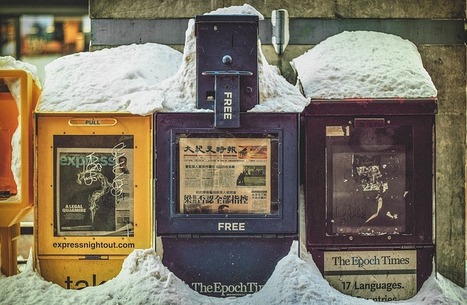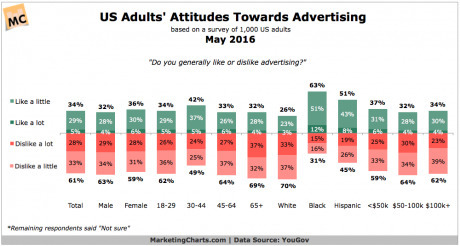The figures from AA/Warc are in, and as expected, 2016 was a massive year for digital marketing -- particularly mobile marketing. It grew 45% last year, nearly four times the growth rate of Internet advertising. Although the growth of mobile will be steady, it is still forecast to shoot up 30% this year and 20% next.
That's the headline, but lurking a little lower down we have the demise of print. It's at this point that I know someone will comment about print's many attributes, and as a journalist from way before computer screens brought us news, I couldn't agree more. The trouble is that the figures don't lie. I am not happy about it, and I don't welcome it, but print's demise will only continue, and will likely worsen. Here's why.
First the figures. National newspaper advertising was down 10% last year, and it will be down 7% this year and 7% again the year after, AA/Warc reveals. Regional newspaper advertising was down 13% last year. Yes, there were modest single-digit increases for digital advertising -- up 5% for nationals in 2016 -- but in no way do they plug the gap of larger declines in print. Put it this way -- a 10% drop in national print advertising is very roughly equivalent to a little over GBP100m. National newspaper digital revenues for 2016 were only GBP230m, so a 5% increase would have been very roughly a little over GBP10m. That means, as a very rough calculation, that national print's losses were ten times the size of any digital gain.
Via Jeff Domansky



 Your new post is loading...
Your new post is loading...










The report notes that regional print results are even worse.